Deloitte in the Netherlands is one of the frontrunners in corporate innovation, having started out with a separate innovation entity ten years ago already. To celebrate, the innovation department of the consultancy firm shares five fundamental lessons about corporate innovation after a decade of trial and error.
Why would you innovate as a company? The answer is simple: to survive. The lifespan of companies is decreasing at a rapid rate. When you compare the Fortune 500 from 1955 with that of 2016, you see that only sixty companies have managed to keep their place on this list – or 12 percent. In the meantime, the other 88 percent have since gone bankrupt, been taken over or fallen off the list. This trend is also apparent in the S&P 500 Index. Where companies remained in this ranking for an average of 33 years in 1965, by 1990 this had fallen to 20 years. According to the consultancy Innosight, by 2026 companies will only stay in the S&P 500 for 14 years, and half of all companies in this ranking will be replaced within ten years. In short, there is no reason to assume that the major players of today will still be relevant in the future.
Corporate innovation policy
By now, it is a familiar story in the business world: technology is changing the playing field at a high pace, disrupt or be disrupted, innovate or die. But what does this mean in practice? This question is much less simple to answer. In the same study by Innosight, leaders of 91 companies with sales over 1 billion dollars were asked about their corporate innovation policy. 66 per cent ‘strongly agreed’ with the statement that radical transformation of the company is necessary to deal with disruptive changes. At the same time, 37 percent said they did not have any confidence that their own company would be able to achieve such a transformation within five to ten years. Daily concerns narrow the field of vision, a long-term vision is lacking and there is uncertainty about what approach will lead to the best results.
While the need to innovate has gotten through to the business world, there is still major uncertainty about how to do this. Because saying you think innovation is important is one thing; releasing money and resources for innovation goes a lot further. The real art is to actually develop new products and services that succeed in the market and secure the future of the company. And that is certainly not easy.
Prominent role
Corporate innovation has had a prominent role on the agenda at Deloitte for a long time. In 2007, the board of Deloitte Nederland resolved to establish Deloitte Innovation, a separate innovation company. Moreover, as the largest business service provider in the world, Deloitte has been involved in innumerable innovation projects at other companies, giving it good insight into the pitfalls and success factors for innovation. After ten years, it is time to take stock: what have we learned in the area of corporate innovation? What works, what doesn’t work, and what can others learn from this?
In this publication, we make a distinction between three types of innovation:
- Core innovation: core innovation involves improving existing products and services. This is the innovation that needs to be implemented within a company to continue to be connected with the status quo.
- Adjacent innovation: adjacent innovation is not about optimising what the company already does, but about adding new products and processes. This requires more time and money than core innovation.
- Transformational innovation: transformational innovation means creating new markets or tapping markets in which the company was not yet active. This is preceded by far-reaching strategic decisions that can give the future of the company a different course.
Lesson 1: Commitment from the board
Investing in innovation is a strategic decision. This certainly applies to transformational innovation and projects that may go against the existing business model. Commitment from the top is, therefore, an absolute prerequisite for such innovation to succeed. The board must believe in the need for this and make time, money and resources available. The CEO, or in some cases the Chief Strategy Officer, is particularly important for this: the person in charge of strategic decisions has to implement a clear innovation strategy.
As an innovation department, it, therefore, pays to invest in awareness programs for the top of the company. Innovation demands a different eye than everyday business operations. You cannot think in linear terms, not extrapolate from the current situation, but zoom out and find your own blind spots. Don’t think you’ve made it as an innovation department when the board says it thinks innovation is important. Actions speak louder than words: real commitment is shown by what the board does, especially in the event of setbacks or in times of contraction or restructuring. Keep board members and other stakeholders closely involved in innovation projects, to give them a real understanding of what they are about.
A new board can have a major impact on corporate innovation. Are the new board members convinced of the importance of innovation? Also look at the role of the Supervisory Board. Is there a commissioner who understands what innovation involves and can address the management of its implementation? A commissioner inclined toward innovation can serve as an extra safeguard during a change of the board.
Céline Bent, Head of Innovation at Royal BAM Group, on the importance of commitment from the board:
“The board of BAM felt a sense of urgency: if we don’t do anything now, we won’t survive. When we were formulating the new strategy, we held sessions about how we can build smarter and more sustainably – from new information management tools to new materials, from modular solutions to VR and drones. There was a large representation of the company involved in these sessions, including both board members, managers and employees. This led to a broadly supported innovation strategy.
“Having a strategy is the beginning, but you are not there yet. To enable innovation to succeed, you will also have to formulate appropriate governance and think about how to get people involved, create ownership and reconfigure work processes. Awareness programmes are also still relevant. We could organise this kind of large strategy session every two years, for example, to maintain a clear vision of why innovation is necessary.”
Lesson 2. Buy-in from the organisation
By definition, as an innovation department, you explore ahead of everyone else. This means you run the risk of losing contact with the rest of the organization. That is why it is important to invest in communication: what are we doing, why is it important, what does it mean? It is not necessary for the whole organization to be convinced of the importance of innovation. However, it is helpful if the people who are inclined toward innovation within the organization can find each other so they can support and inspire each other. Also pay attention to innovation at the level of recruitment: hire people who are not afraid of change, and make innovation part of the introduction program.
You can also make substantive choices as an innovation department to generate support within the organization. The secret is a diverse portfolio. The more you work on transformational innovation, the more resistance from the organization you can expect. Having a number of projects that focus on core innovation and adjacent innovation with which fast results can be achieved that are recognized by a large part of the organization, helps to create support. It is also true that not all innovation projects have to be communicated at a large scale. Some projects are better kept under the radar for some time, otherwise, you run the risk of meeting resistance: ask for forgiveness, not for permission.
Martijn Verbeek, senior innovation manager at Albert Heijn, on the importance of creating support in the organization:
“Initially, our IT innovation department worked fairly autonomously in the organisation. They developed innovative concepts, but it was sometimes difficult to connect them to the business. That is why we invested in internal communication in recent years. For example, we recently organized an innovation week in which together with internal and external speakers, we gave an update to the board and employees about the latest technology trends.
“You can see and try out new innovative products in the Innovation Café at our headquarters. In this way, innovation is made tangible in a physical space in our company. Workshops, pitch-sessions, hackathons and lectures are also given here – anyone who is interested, can participate. We recently worked with our colleagues from HR to offer three Code Camps in which employees from the stores and distribution centres could learn programming for a day. All 150 places were filled within two days.
“We don’t require everyone to think about innovation. If all our hundred thousand employees suddenly started working on innovation, we wouldn’t be able to handle it as a company. We want to create a good balance between running the existing business and exploring new possibilities – which is why we are looking for those people within the company who can take innovation to a higher level. For instance, two participants of the Code Camp were so enthusiastic that they worked on their project all night. As an innovation department, you want to attract people like that.”
Lesson 3. Cope with the corporate antibodies
Commitment of the board and support in the organization are important prerequisites for corporate innovation to succeed. Later in the innovation process, at the moment that products are launched, it is necessary to pay special attention to middle management. This group has a career within the existing system and is therefore not always open to innovation. We call forces within the company that argue from the existing business model and actively resist innovation corporate antibodies. They become active after a certain incubation period. Initially, innovation projects are often received enthusiastically, but this can quickly change if the status quo has to change and people’s interests are at stake.
How do you handle corporate antibodies? Firstly, you need a mandate from the board as well as from direct supervisors. It is also necessary to develop criteria to assess innovation. For example, it may be that you are earning relatively modest sales with an innovative product, but you are making many new relationships at the C-level – emphasize that and ensure that you are judged for that.
For innovation to succeed in a large company, it is important to consider the question of how you reward innovation and how you remove incentives that work against innovation at an early stage. Be watchful for the ‘not invented here’ syndrome: get internal stakeholders involved at an early stage. Over time, when an innovation project becomes part of a regular department of the company, it is also important that clear agreements are made. Who takes on the costs of the (continued) development of innovation projects, and who writes the profits to their account?
Bastiaan Walenkamp, Head of Strategic Innovation at SNS/de Volksbank, on how to deal with corporate antibodies:
“You get the most resistance within an organization to innovation that goes against the existing business model. That is understandable – after all, the whole company is focused on maintaining and optimizing it. I think you should never be condescending about this. The core of corporate innovation is accepting that multiple realities exist next to each other: that of the current business model and those of new business models.
“One innovative product that we did not get off the ground internally was about providing quick insight into mortgages. You could see whether you were eligible for a mortgage within an hour – not only at SNS, but also at other mortgage providers. This could have enabled us to function as a second opinion in the market. Internally, there was little enthusiasm for a product that could diminish the existing business model, although it is very well possible that another new company would bring a comparable product to the market.
“A way to circumvent corporate antibodies is by placing innovation at some distance from the company, for example by buying or starting your own startup. It is also important to generate enthusiasm among employees and to get them involved in innovation. For this, we have the Bank for the Future, a program with which we investigate how we will look as a bank in 2030.”
Lesson 4. Have clear goals, but don’t kill innovation when things get tough
Promote and defend innovation where you can, but be strict with each other within the innovation department. It is easy to fall in love with your own project and no longer to be willing to see possible shortcomings. Most ideas don’t make it. This means you have to make hard decisions: kill your darlings. Also watch out for the ‘business case of hope’, endlessly pursuing a project that won’t quite make it. Formulate clear no-go moments and set clear goals to help projects continue, without killing them too soon. The art is to find suitable KPI’s for this.
Another important lesson for corporate innovation: don’t only work on getting projects off the ground internally, but also keep an eye on what is going on outside. Test assumptions among intended customers at an early stage, find a launching customer and look for connections with existing innovative ecosystems. Do not write off a product too quickly. A project will continue to develop, even after a prototype and after the first sales. In other words, watch out for innovation being treated as a regular product too quickly internally.
Rogier van Beugen, Director of Innovation & Venturing at KLM, on when to start and when to stop an innovation project:
“Continuing a project for too long because you want it to succeed so badly, is certainly something we have seen. I’ll give you an example: together with TU Delft, we developed an algorithm for a smart way to board passengers. This would lead to less obstruction in the aircraft. The technology was great and the pilot project was a great succes. The only thing was that the pilot project had people to explain it to the passengers. As soon as we scaled back this human support, it didn’t work anymore.
“To get the technology to work, we would need to have the passengers pass through a gate to take a number, but this would not be very customer-friendly. The remedy became worse than the disease. We let the project continue for a long time because the first tests were so promising. Finally, we had to accept that it was a nice idea, but at the moment it just didn’t work. If we find a good solution for communicating the boarding order in the future, for example by smartphone, then of course we’ll take the idea back off the shelf.
“Innovation is unpredictable by definition. That makes it difficult to determine if and when you should start something, and when to pull the plug. Finding a good way to do this is a challenge for every innovation department.”
Lesson 5. Quality of the team is key
Many companies begin a corporate innovation project by gathering ideas. But organizing large idea campaigns is finite. Most ideas fail, which causes people to lose motivation after a number of campaigns. Furthermore, it is not so much the quality of ideas, but the intrinsic motivation of those involved and the quality of the teams that is crucial for innovation to succeed. A weak idea with a good team has a greater chance of success than a good idea with a weak team.
It is important that people who work on corporate innovation are (mostly) released from their regular work. Otherwise, you always have the conflict of what comes first: corporate innovation or the existing business? Also make sure the team is diverse, with people with different personalities. Or in any case, ensure that people are aware of their personality and their strong and weak sides so they can adjust any negative behaviour.
The composition of a team can change during a project. There is often the idea that an initiative taker should always continue to lead a project, but this does not have to be the case. In the start phase, creativity and entrepreneurship play a major role, later on, characteristics such as decisiveness, persistence, and disciplined execution are important.
Max Kranendijk, senior innovation manager of VodafoneZiggo, on the importance of good teams:
“The quality of teams is crucial for innovation to succeed. This is especially true of corporate innovation. With corporate innovation, you always have to do two passes: first you have to develop a good product, and then you have to get it through the organization.
“In my experience, teams of three people are ideal: small enough to make progress, but with enough different perspectives to keep each other sharp. It’s good to have people with different characters, for example, two do-ers and a thinker. It also works well to bring people from different departments together into one team. Not only because they have different knowledge and experience, but also because they bring their own network with them. In this way you increase internal sponsorship, giving a project a better chance of success.”
No fixed formula
It is clear that there is no fixed formula for corporate innovation. Corporate innovation is context-specific: what makes an innovation strategy successful partly depends on the type of product that is produced, the kinds of employees that work there, and the corporate structure. Furthermore, innovation is never ‘done’: it is a journey that always brings new challenges and insights, and where there are different lessons to be learned for different people involved at different stages.
Even so, there are sound lessons that can be distilled out of this journey that are worth sharing. That is what this publication is about. Conversely, we would like to hear about your insights in the area of corporate innovation. If you would like to share your insights or have questions or feedback regarding this publication, please feel free to contact us at [email protected].



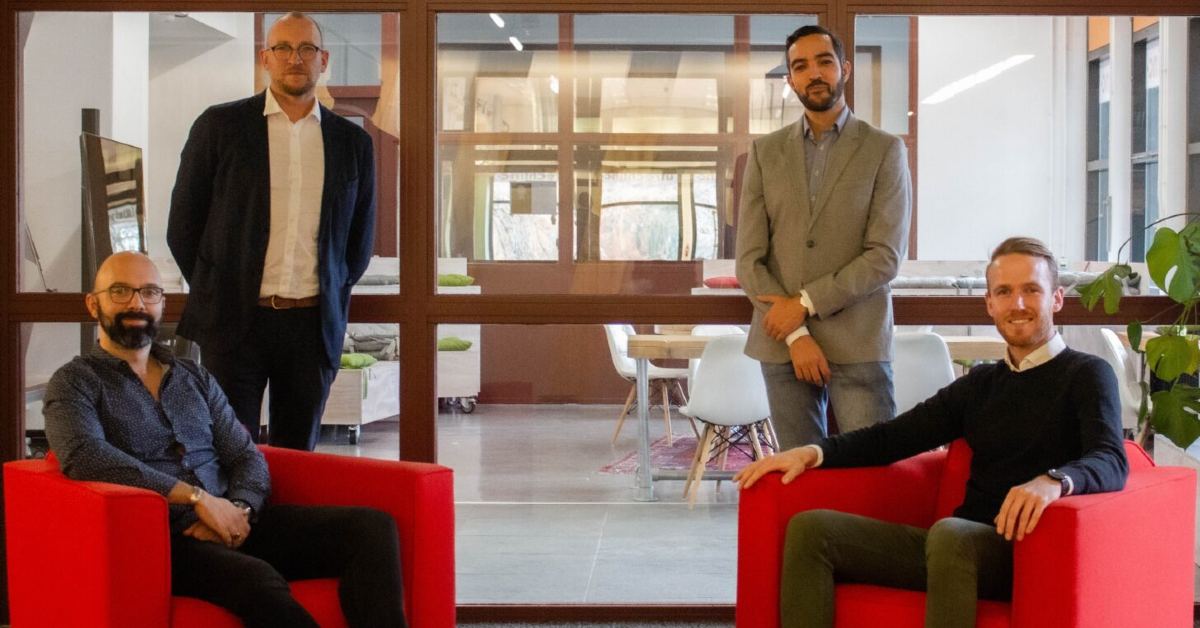
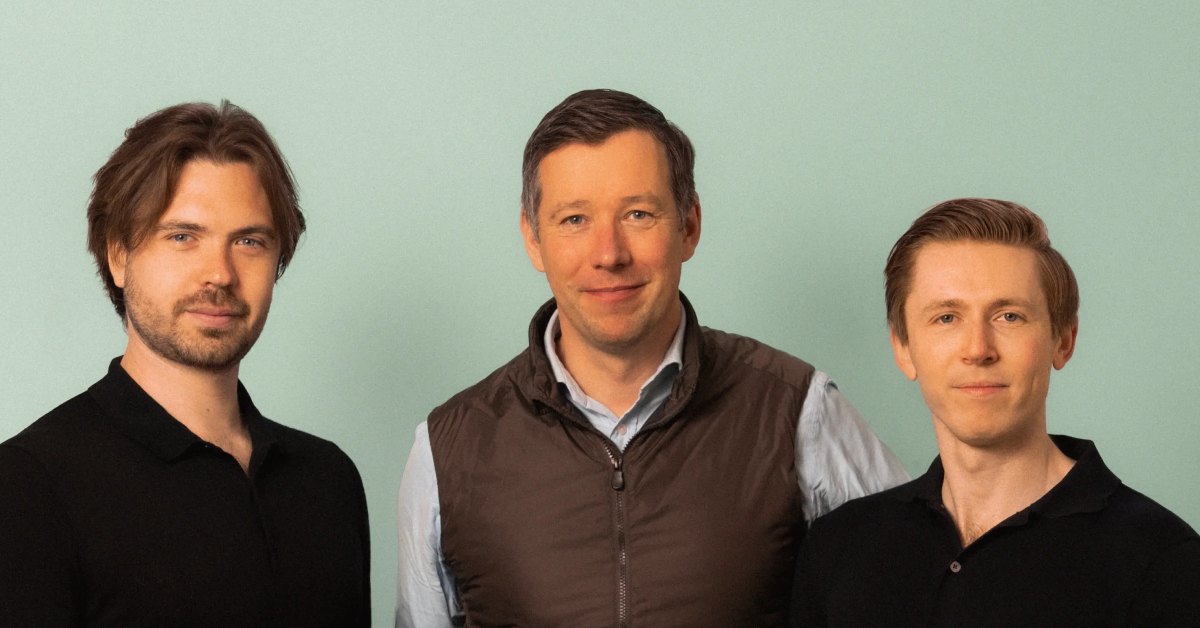
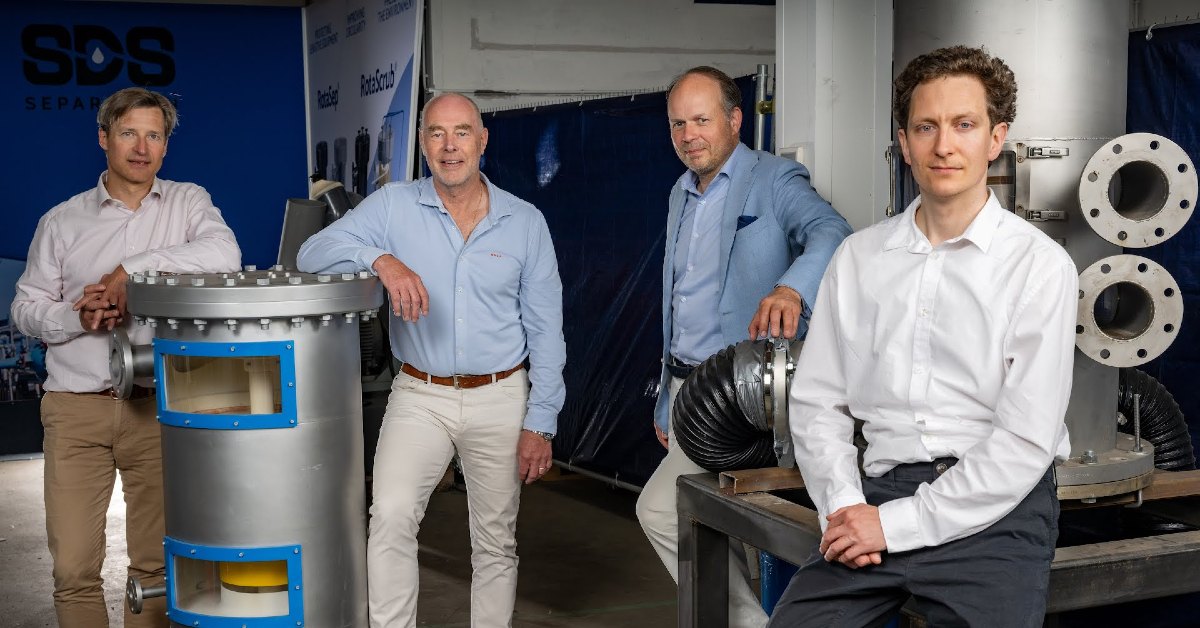
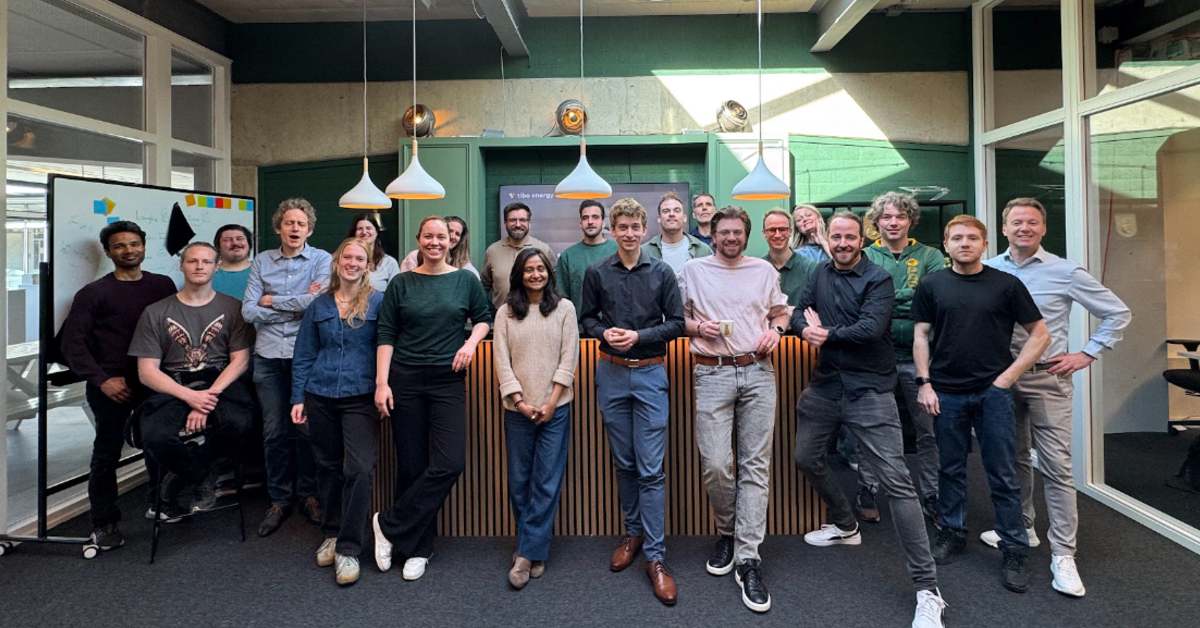
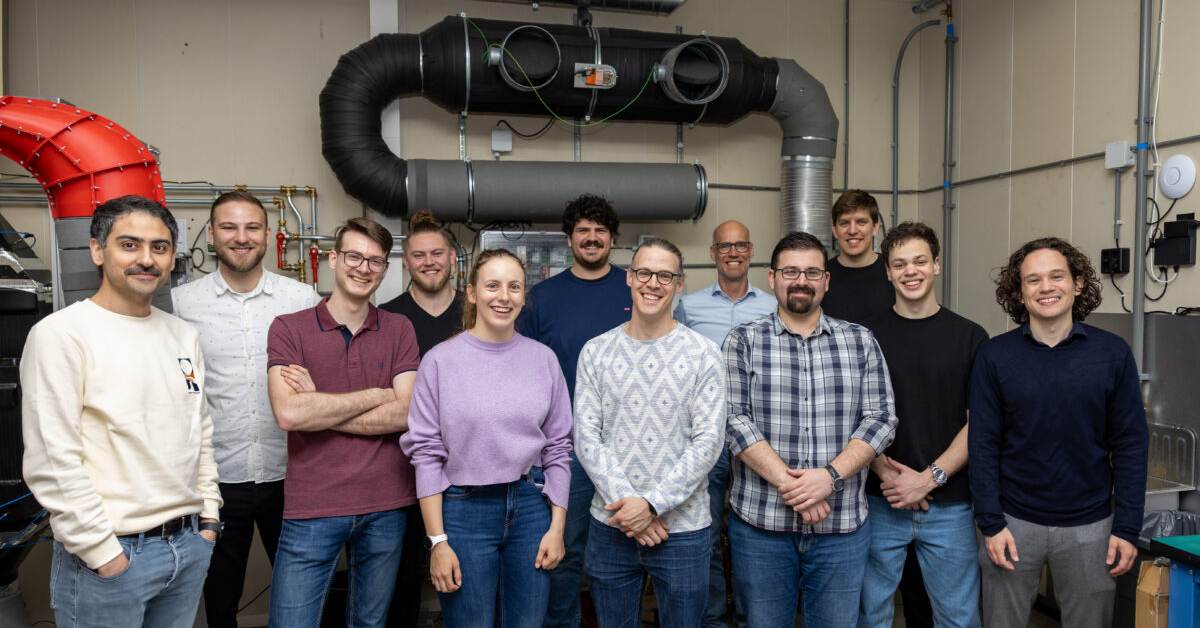


01
From telecom veteran to Dutch Startup Visa success: The Jignesh Dave story